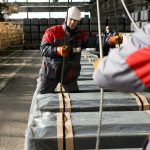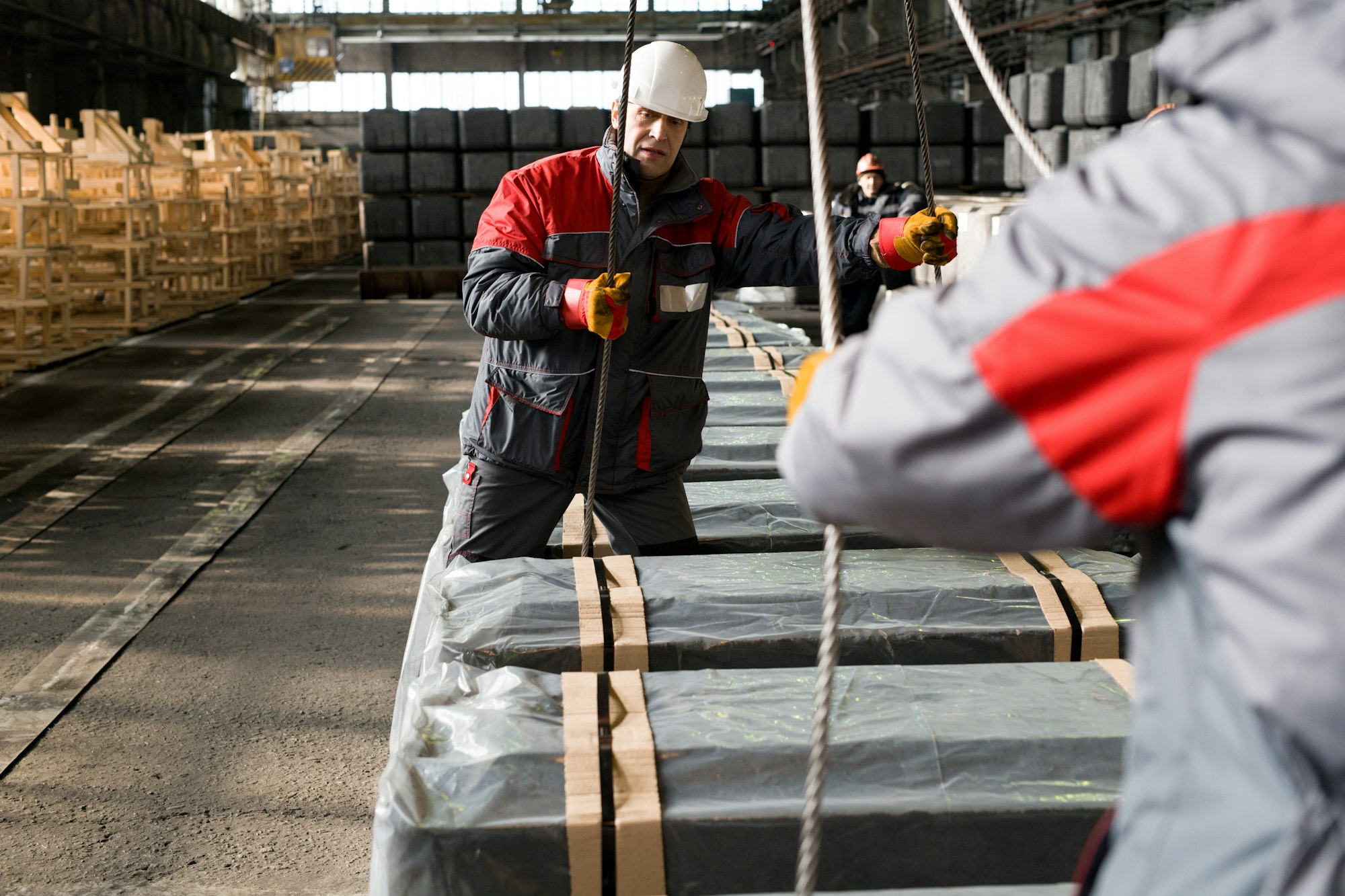Looking for the right strapping materials to secure your goods efficiently? Understanding the types of strapping materials available is essential. From the flexibility of plastic strapping like polypropylene and polyester to the sturdiness of steel strapping, and even the unique benefits of textile strapping, discover the best options tailored to your specific needs and industry requirements. Make informed decisions to optimize your packaging processes.
Overview of strapping materials
Different strapping materials play an important role in various industries to secure and stabilise cargo during transport and storage. Quick access here for more information.
Cela peut vous intéresser : How Should UK Real Estate Agencies Leverage Big Data for Targeted Advertising?
Plastic strapping: polypropylene and polyester
Polypropylene strapping is notably cost-effective and user-friendly, making it ideal for lighter loads. Its textured structure provides a firm grip, reducing slippage. Conversely, polyester strapping offers superior strength and durability. It is best for heavy or palletized goods, maintaining tension over long periods and resisting elongation.
Steel strapping
Steel strapping is the optimal choice for securing rigid, non-compressible, or sharp-edged loads. Capable of handling weights up to 2000 kg, it ensures high stability and resistance to breakage. This material maintains tension effectively throughout transport, making it ideal for industrial applications.
A lire également : How Can UK Personal Trainers Use Social Media to Improve Client Retention?
Textile strapping: glued and woven
Textile strapping comes in two variants: glued and woven. Made from synthetic fibers like polyester, these straps are versatile and robust. Woven textile bands offer more flexibility, while glued bands provide a strong hold. Both types are suitable for manual handling and are cost-efficient for low-volume applications.
Advantages and applications of different strapping materials
Strapping materials offer distinct advantages and are used in a variety of applications depending on their specific properties.
Advantages of steel strapping for heavy loads
Steel strapping excels in securing heavy and rigid loads, withstanding weights up to 2000 kg without losing tension. Its high break resistance and ability to handle sharp-edged items make it indispensable in the construction and manufacturing sectors. Steel’s durability ensures that goods remain tightly bound during long-distance transport, preventing any movement or damage.
Benefits of plastic strapping for lighter loads
Polypropylene strapping is an economical option for lighter loads due to its cost-effectiveness and ease of use. Its textured surface minimizes slippage, making it ideal for packaging and logistics. Polyester strapping offers the strength needed for medium to heavy loads while maintaining elasticity, ensuring goods stay secure over time.
Applications in different industries
Different strapping materials cater to specific industry needs:
- Logistics: Ensuring safe transport of goods.
- Construction: Securing heavy and sharp-edged items.
- Packaging: Providing cost-effective solutions for bundling lightweight packages. Each material’s unique properties ensure optimal performance in their respective applications.
Choosing the right strapping material
When selecting a strapping material, consider load characteristics, transport conditions, and cost. Steel strapping is ideal for heavy, rigid loads and sharp-edged items, offering unmatched durability and tension maintenance. For lighter loads, polypropylene strapping is a cost-effective and user-friendly option. Polyester strapping strikes a balance by providing strong, durable support for medium to heavy loads.
Eco-friendly and recyclable options
Eco-conscious buyers can opt for recyclable materials like polypropylene and polyester. These options not only reduce environmental impact but also offer reliable performance. Textile strapping, made from synthetic fibers, is another eco-friendly choice, especially in manual applications.
Compatibility with manual and automated systems
Strapping materials must be compatible with the available strapping systems. Manual tensioners work well with textile and polypropylene strapping for low-volume tasks. For higher volumes, automated systems, such as strapping machines, efficiently use polyester and steel strapping, ensuring strong, consistent seals. This compatibility enhances productivity while ensuring load security.











